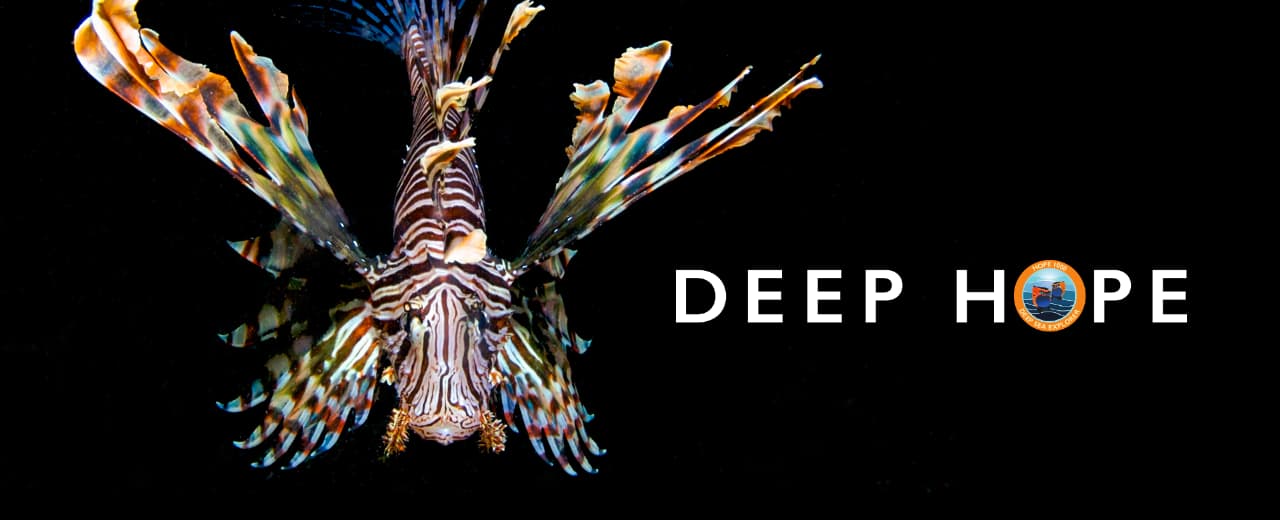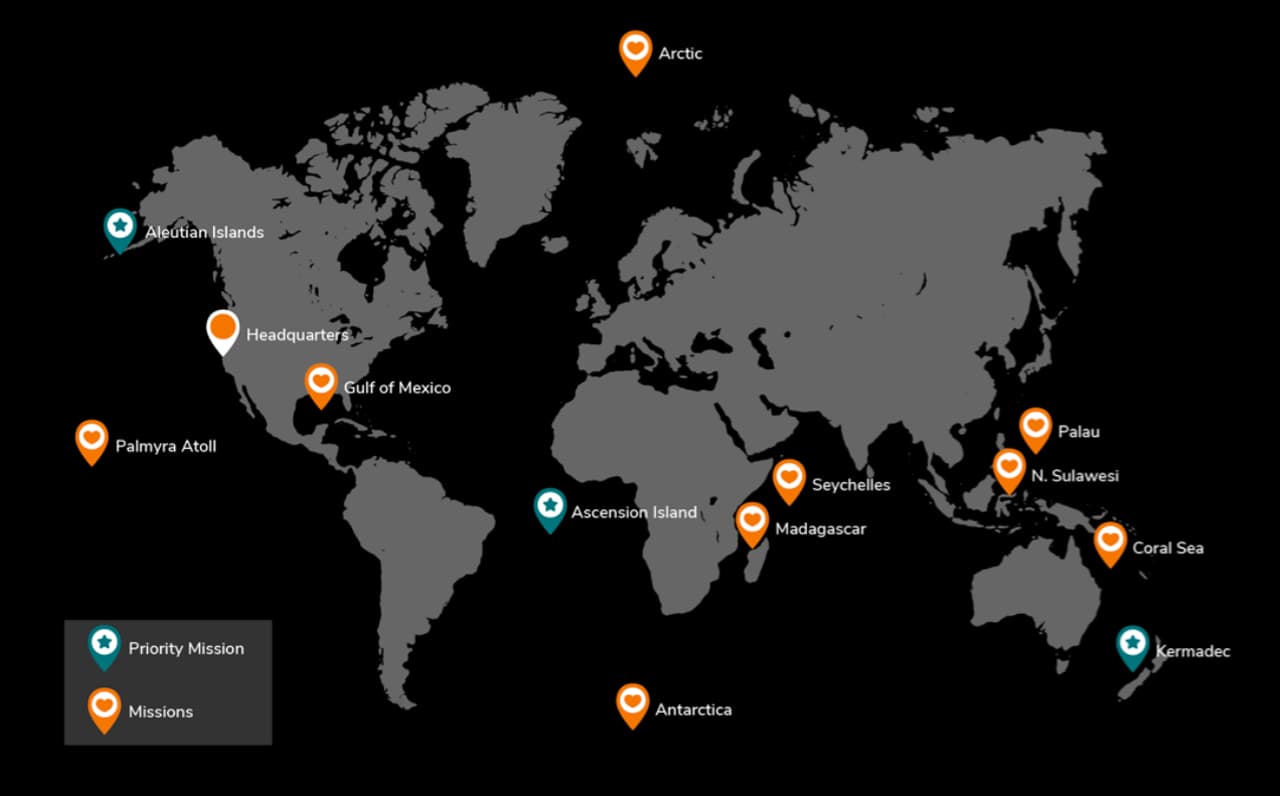Gathering the Data We Need to Make a Difference for our Planet

The ocean is essential to life on this planet. As Sir David Attenborough points out, the ocean is by far the largest habitat for life on earth, spanning 70% of the surface and supporting life throughout its two mile average depth. Ocean life is responsible for generating 70% of the oxygen we breathe; for comparison, earth’s rainforests — the “lungs of the earth” — generate only 28%. The ocean has been absorbing 90% of the excess heat produced by human-made climate change, forestalling the runaway greenhouse effect.
Yet we have far more data about the surface of the moon than the ocean. We spend billions of dollars looking for life in space, while the ocean is full of life to discover. Almost every time a submersible takes the journey into the deep waters of the ocean, we learn something new and often astonishing. Yet the ocean is in serious trouble, not only from the carbon and heat due to fossil fuel pollution, but due to under regulated fishing and mining of the seabed.
Syvlia Earle, the most accomplished female oceanographer in history, is dedicating herself full time to saving the ocean in our lifetime. She founded Mission Blue, which is leading the effort to create marine protected areas — Hope Spots — to give the oceans’ fisheries a fighting chance to reverse their death spiral from unsustainable industrial fishing.

Dr. Earle also founded the nonprofit Deep Hope to accelerate the exploration of the deep ocean. As a world-renowned scientist and an advisor to governments worldwide, she knows that lack of data leads to lack of awareness and poor stewardship. The world’s fisheries depend on a complex ecosystem of shallow water regions (where the majority of fishes and phytoplankton live) and the deep ocean, which is intimately connected to the lifecycles of oceanic fish and the nightly migration of food from the depths. The deep waters are also where about half of all human-made excess carbon is stored. We must explore these deep waters to understand how the food and carbon cycles work.
To help get us there, Deep Hope is building deep-water submersibles. Today the technology is only available to a few billionaires, a handful of well-funded research institutions, and the major fossil fuel extraction companies. The Deep Hope team has decades of experience designing deep water submersibles, and have come up with a robust design that will safely bring scientists and private citizens to study the Mesopelagic Zone, between 200 and 1000 meters deep.
Although these vehicles are more cost effective than previous generations, not requiring dedicated motherships, they still require funding for manufacturing and operations. Deep Hope is currently raising funds from generous donors to support this effort to help save our oceans while we still can. Please contact Tom if you are interested in supporting this important mission.